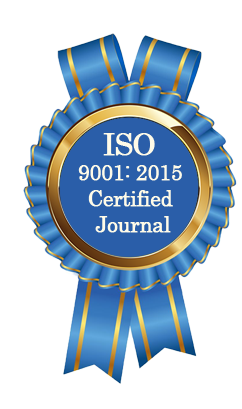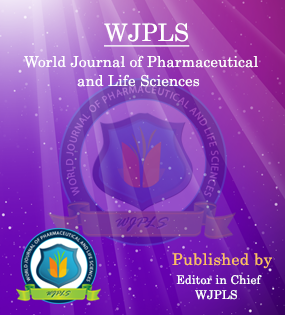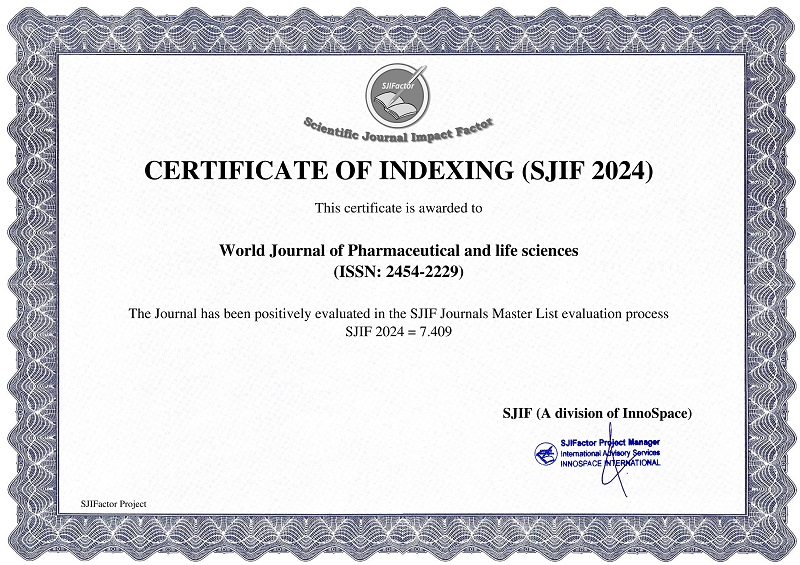Abstract
PREVALENCE OF RUMEN AND RETICULUM FOREIGN BODIES IN CATTLE SLOUGHTERED AT HAWASSA MUNICIPAL ABATTOIR, SOUTHERN ETHIOPIA
Dr. Biruk Ushula Churko* and Dr. Tesfalem Nana Elcho
ABSTRACT
A cross-sectional study was conducted from November 2014 to April, 2015 at Hawassa Municipal Abattoir, SNNPRS, Ethiopia, with the objectives of assessing the prevalence of rumen and reticulum foreign bodies, identifying types of foreign bodies and associated risk factors for the occurrences of foreign bodies in cattle. Antemortem examination on individual animals was done for assessment of age, breed and body condition while postmortem examination was employed for the recovery of foreign body from rumen and reticulum. The study animals were selected by using systematic random sampling method from the study population. From total of 300 cattle examined, 55 (18.3%) were found positive for the occurrence of indigestible foreign bodies in rumen and reticulum. Prevalence of foreign body occurrence recorded in young, adult and old animal was 1 (5%), 47 (17.5%) and 7 (63.6%) respectively. There was a statistically significant difference in prevalence among age groups (P<0.05). The prevalence recorded in poor, medium and good body condition animals was 6 (54.5%), 37 (37%) and 12 (6.35%), respectively. A statistically significant difference (P<0.05) in prevalence among body conditions was also observed. On the other hand, the prevalence of foreign body in cross and local breed were 5 (50%) and 50 (17.3%), respectively. Similarly, prevalence differences between the breeds was statistically significant (P<0.05). The common types of foreign bodies detected were Clothes 30 (10%), Plastics 8 (2.7%), Leathers 6 (2%), Nails 3 (1%), Needles 2 (0.7%) and 2 Wires (0.7%).` Therefore, continued awareness creation should be instituted in to the animal health care services to avoid the risk of foreign body ingestion by animals. Most importantly, appropriate solid waste disposal system need to implement in the study area, particularly where animals are reared, to prevent health risk for cattle and also to protect the environment.
[Full Text Article] [Download Certificate]WJPLS CITATION 
| All | Since 2020 | |
| Citation | 590 | 424 |
| h-index | 12 | 10 |
| i10-index | 17 | 14 |
INDEXING
NEWS & UPDATION
BEST ARTICLE AWARDS
World Journal of Pharmaceutical and life sciences is giving Best Article Award in every Issue for Best Article and Issue Certificate of Appreciation to the Authors to promote research activity of scholar.
Best Article of current issue
Download Article : Click here





